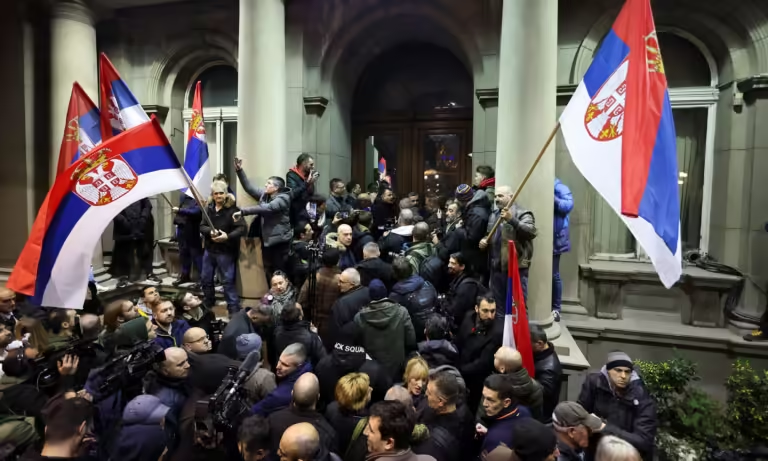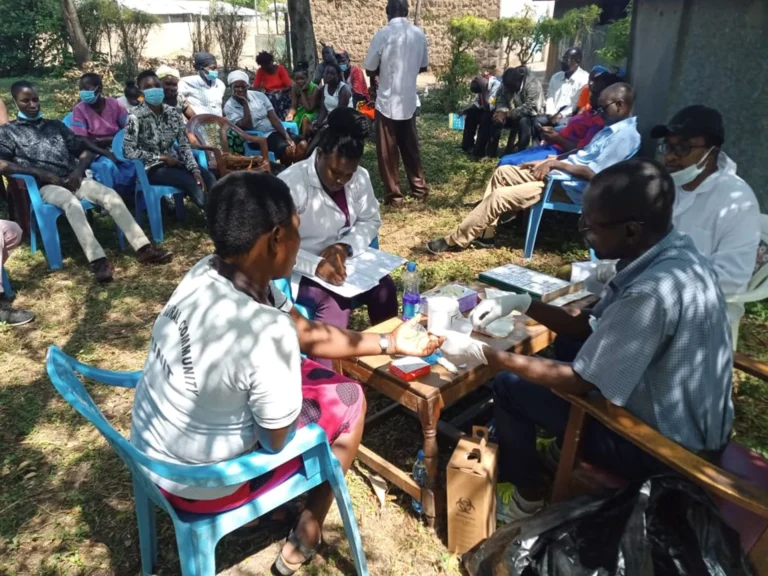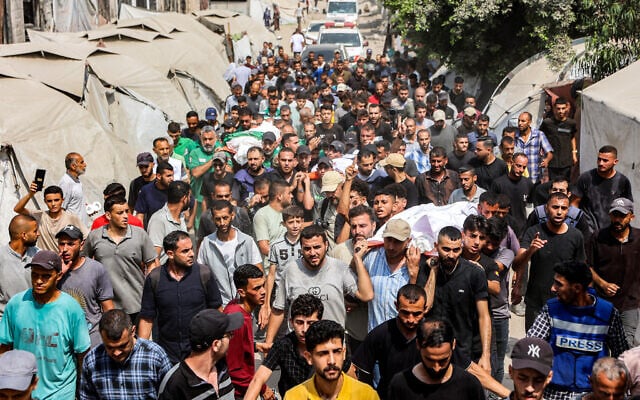
An Israeli airstrike late on August 10 killed five Al Jazeera journalists after hitting a media tent near the entrance of Gaza City’s Al-Shifa Hospital, one of the Strip’s most critical medical facilities.
The victims included senior correspondent Anas al-Sharif, Mohammed Qreiqeh, Ibrahim Zaher, Mohammed Noufal and Moamen Aliwa; they were covering developments on the ground despite weeks of heavy bombardment. Several others sustained injuries and parts of the hospital’s perimeter were damaged. Witnesses reported that the media tent was clearly marked, making the strike all the more alarming for press freedom advocates.
Al-Shifa Hospital, Gaza’s largest medical facility, has been repeatedly caught in the crossfire. Israeli forces have raided it, alleging militant activity inside, a claim denied by Palestinian officials and aid agencies. International medical groups warn the hospital is near collapse due to attacks, power cuts, and supply shortages.
The UN and humanitarian organizations condemn strikes on hospitals and media sites as violations of international humanitarian law, stressing that such facilities are protected zones and must not be targeted.
Gaza Press Casualties: IDF Explains Strike, Al Jazeera Contests Claims
The Israel Defense Forces (IDF) confirmed the strike stating that the intended target was Anas al-Sharif. According to the IDF, Anas al-Sharif was allegedly the head of a Hamas cell which was linked to recent rocket attacks against Israeli cities. They claimed he held intelligence documents which substantiated the charges.
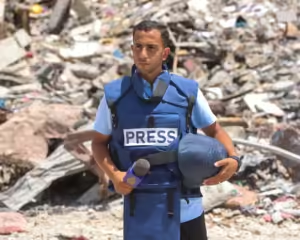
Al Jazeera immediately rejected the allegations, calling the strike “a targeted assassination” against the press. The network emphasised that al-Sharif was a veteran journalist, widely respected for his coverage of civilian life in Gaza. Independent verification of either side’s statements has proven impossible due to heavy restrictions on foreign media entering the Strip a policy that has been in place since the conflict escalated.
Press Freedom in Gaza Under Severe Strain
The deaths add to an already devastating toll on Gaza’s press corps. According to press freedom organisations, nearly 270 journalists and media workers have been killed since late 2023. A study at Brown University reveals that more journalists have been killed in Gaza since the war began on October 7, 2023, than in the US Civil War, World Wars I and II, the Korean War, Vietnam War, the wars in the former Yugoslavia and the post-9/11 war in Afghanistan – combined. Many were struck despite wearing protective gear and press markings that are recognised under international humanitarian law.
Anas al-Sharif, in particular had become a familiar face to global audiences for documenting the blockade’s human cost from critical shortages of medicine to the destruction of essential infrastructure.
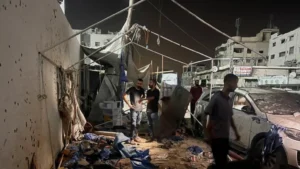
Gaza: International Condemnation and Demands for Inquiry
The United Nations along with other human rights organisations have condemned the attack and called for an independent investigation. UN Secretary-General António Guterres expressed “deep alarm” over the mounting death toll among journalists in Gaza. Human Rights Watch stated that deliberately targeting journalists is a war crime and called for immediate and impartial inquiries.
Several European nations including France, have demanded “full transparency and accountability” from Israel, while the Committee to Protect Journalists (CPJ) reiterated its long-standing warning that attacks on the press erode the ability of the public to access credible, on-the-ground reporting.
A Stark Reminder of Warzone Risks
With foreign media access to Gaza heavily restricted much of the world’s knowledge of the conflict comes from local reporters. These journalists work under constant threat from airstrikes, artillery fire, and rapidly shifting frontlines. Without their work, large portions of the humanitarian and military reality in Gaza would remain unseen.
If the world cannot guarantee the safety of journalists in warzones, how can it ever ensure the truth survives the battlefield?
For more such articles, check out The World Times.

